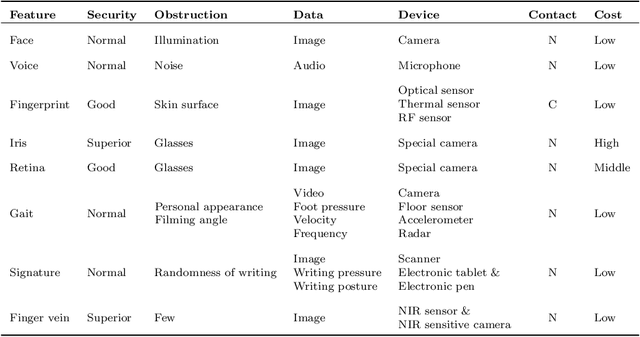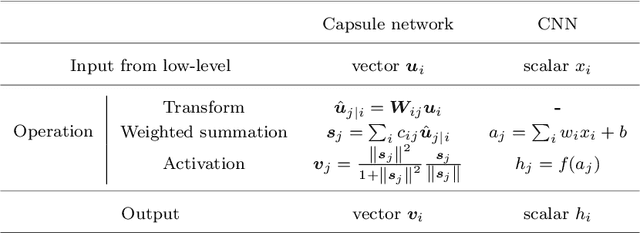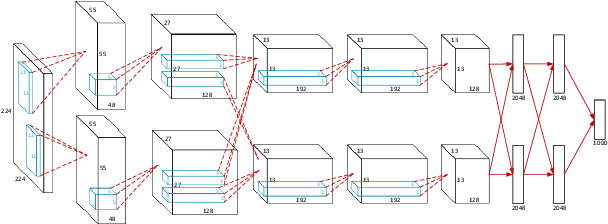Wanxia Deng
Cross Domain Object Detection via Multi-Granularity Confidence Alignment based Mean Teacher
Jul 10, 2024



Abstract:Cross domain object detection learns an object detector for an unlabeled target domain by transferring knowledge from an annotated source domain. Promising results have been achieved via Mean Teacher, however, pseudo labeling which is the bottleneck of mutual learning remains to be further explored. In this study, we find that confidence misalignment of the predictions, including category-level overconfidence, instance-level task confidence inconsistency, and image-level confidence misfocusing, leading to the injection of noisy pseudo label in the training process, will bring suboptimal performance on the target domain. To tackle this issue, we present a novel general framework termed Multi-Granularity Confidence Alignment Mean Teacher (MGCAMT) for cross domain object detection, which alleviates confidence misalignment across category-, instance-, and image-levels simultaneously to obtain high quality pseudo supervision for better teacher-student learning. Specifically, to align confidence with accuracy at category level, we propose Classification Confidence Alignment (CCA) to model category uncertainty based on Evidential Deep Learning (EDL) and filter out the category incorrect labels via an uncertainty-aware selection strategy. Furthermore, to mitigate the instance-level misalignment between classification and localization, we design Task Confidence Alignment (TCA) to enhance the interaction between the two task branches and allow each classification feature to adaptively locate the optimal feature for the regression. Finally, we develop imagery Focusing Confidence Alignment (FCA) adopting another way of pseudo label learning, i.e., we use the original outputs from the Mean Teacher network for supervised learning without label assignment to concentrate on holistic information in the target image. These three procedures benefit from each other from a cooperative learning perspective.
Uncertainty-Aware Distillation for Semi-Supervised Few-Shot Class-Incremental Learning
Jan 24, 2023



Abstract:Given a model well-trained with a large-scale base dataset, Few-Shot Class-Incremental Learning (FSCIL) aims at incrementally learning novel classes from a few labeled samples by avoiding overfitting, without catastrophically forgetting all encountered classes previously. Currently, semi-supervised learning technique that harnesses freely-available unlabeled data to compensate for limited labeled data can boost the performance in numerous vision tasks, which heuristically can be applied to tackle issues in FSCIL, i.e., the Semi-supervised FSCIL (Semi-FSCIL). So far, very limited work focuses on the Semi-FSCIL task, leaving the adaptability issue of semi-supervised learning to the FSCIL task unresolved. In this paper, we focus on this adaptability issue and present a simple yet efficient Semi-FSCIL framework named Uncertainty-aware Distillation with Class-Equilibrium (UaD-CE), encompassing two modules UaD and CE. Specifically, when incorporating unlabeled data into each incremental session, we introduce the CE module that employs a class-balanced self-training to avoid the gradual dominance of easy-to-classified classes on pseudo-label generation. To distill reliable knowledge from the reference model, we further implement the UaD module that combines uncertainty-guided knowledge refinement with adaptive distillation. Comprehensive experiments on three benchmark datasets demonstrate that our method can boost the adaptability of unlabeled data with the semi-supervised learning technique in FSCIL tasks.
Artificial Neural Networks for Finger Vein Recognition: A Survey
Aug 29, 2022



Abstract:Finger vein recognition is an emerging biometric recognition technology. Different from the other biometric features on the body surface, the venous vascular tissue of the fingers is buried deep inside the skin. Due to this advantage, finger vein recognition is highly stable and private. They are almost impossible to be stolen and difficult to interfere with by external conditions. Unlike the finger vein recognition methods based on traditional machine learning, the artificial neural network technique, especially deep learning, it without relying on feature engineering and have superior performance. To summarize the development of finger vein recognition based on artificial neural networks, this paper collects 149 related papers. First, we introduce the background of finger vein recognition and the motivation of this survey. Then, the development history of artificial neural networks and the representative networks on finger vein recognition tasks are introduced. The public datasets that are widely used in finger vein recognition are then described. After that, we summarize the related finger vein recognition tasks based on classical neural networks and deep neural networks, respectively. Finally, the challenges and potential development directions in finger vein recognition are discussed. To our best knowledge, this paper is the first comprehensive survey focusing on finger vein recognition based on artificial neural networks.
Deep Learning for Finger Vein Recognition: A Brief Survey of Recent Trend
Jul 05, 2022



Abstract:Finger vein image recognition technology plays an important role in biometric recognition and has been successfully applied in many fields. Because veins are buried beneath the skin tissue, finger vein image recognition has an unparalleled advantage, which is not easily disturbed by external factors. This review summarizes 46 papers about deep learning for finger vein image recognition from 2017 to 2021. These papers are summarized according to the tasks of deep neural networks. Besides, we present the challenges and potential development directions of finger vein image recognition.
 Add to Chrome
Add to Chrome Add to Firefox
Add to Firefox Add to Edge
Add to Edge